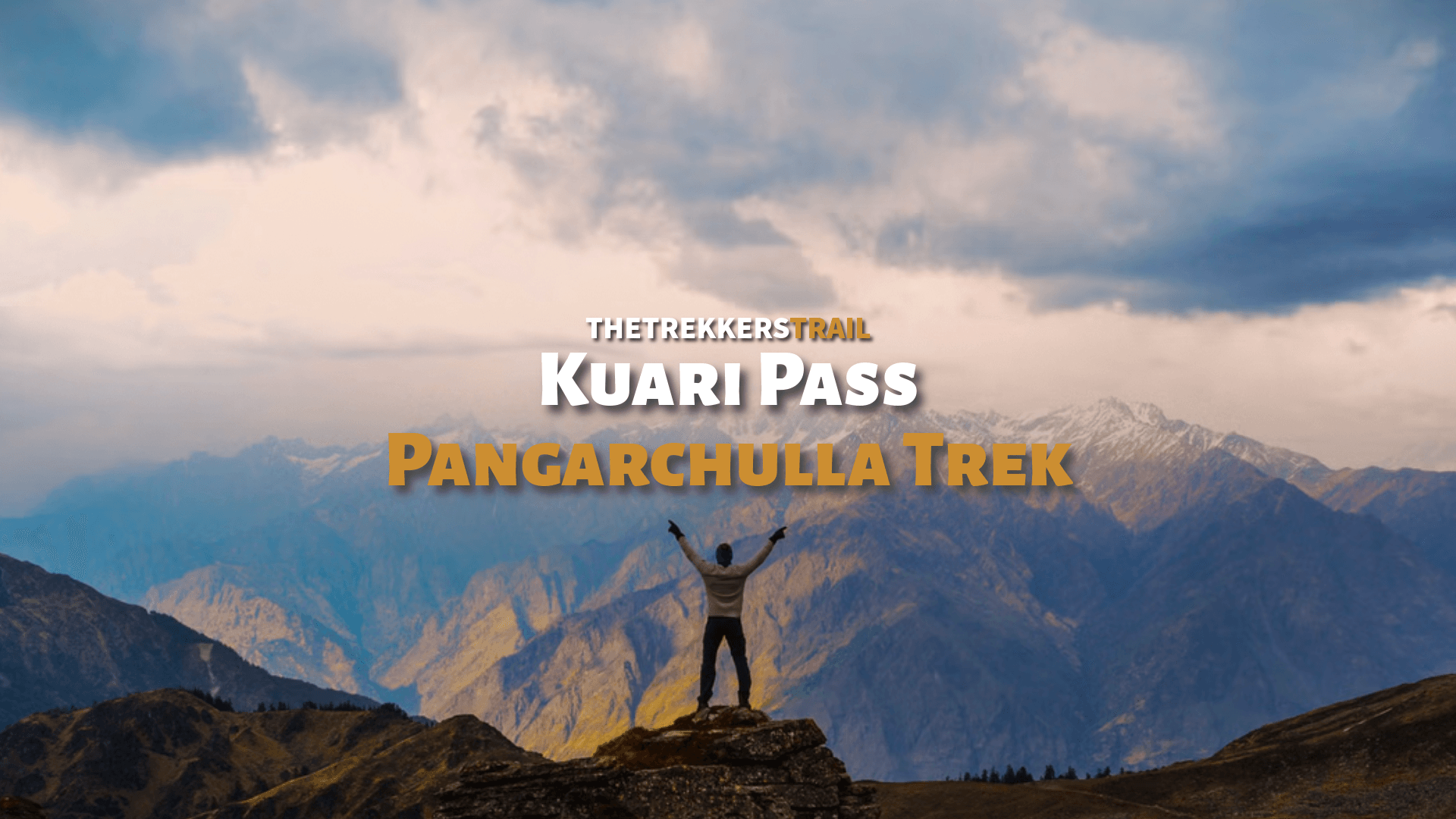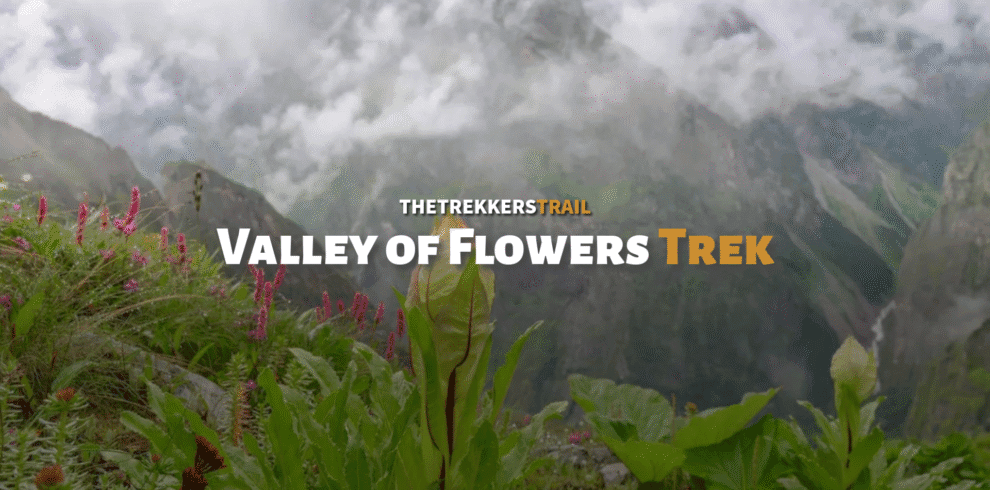Trip Info
-
Tents
-
Rishikesh
-
15,069 ft
-
51 Km
A summit challenge for adventurers
The Kuari Pass Pangarchulla trek is one of the most breathtaking and rewarding treks in the Garhwal Himalayas of Uttarakhand, India. Known for its stunning panoramic views of some of the highest peaks in India, including Mt. Nanda Devi, Chaukhamba, Kamet, and Dronagiri, this trek is an absolute delight for nature lovers, adventure seekers, and photographers.
This trek offers a perfect blend of alpine meadows, dense oak and rhododendron forests, serene lakes, and exhilarating ridge walks. The highlight of this trek is reaching the Kuari Pass (12,516 ft) and summiting Pangarchulla Peak (15,069 ft), both of which offer awe-inspiring views of the vast Himalayan range.
The trail also takes you through picturesque campsites like Chitrakantha, Khullara, and Akhrotghetta, each providing a unique experience of the Himalayan wilderness. Trekkers will also witness the enchanting Tali Lake, where the reflection of snow-capped peaks creates a mesmerizing sight.

This trek is best suited for moderately experienced trekkers or fit beginners willing to challenge themselves. While the Kuari Pass trek is moderate in difficulty, the Pangarchulla Peak climb adds a challenging element with steep ascents, rocky terrain, and potential snow conditions.
If you’re looking for an adventure that offers stunning landscapes, challenging climbs, and a rich historical background (this was once part of the Lord Curzon Trail), then the Kuari Pass Pangarchulla trek is perfect for you!











